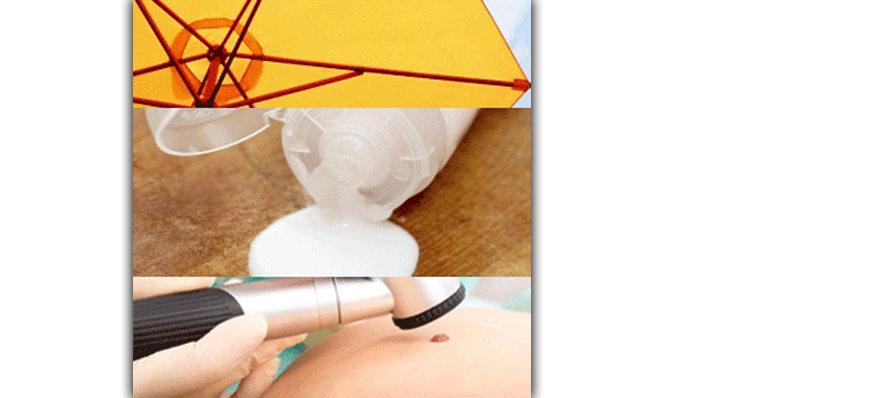div> Clothing contact dermatitis in a general dermatology-patch testing clinic in the Philippines. Poster Presentation, American Contact Dermatitis Society Annual Meeting, March 2010.
Huang PJM, Verallo-Rowell VM.
ABSTRACT:
Clothing Contact Dermatitis in a Private Dermatology/Patch Testing Clinic in the Philippines
Pamela Joanne M. Huang MD1, Vermén M. Verallo-Rowell MD2, Skin and Cancer Foundation, Inc.; VMV Skin Research Center, Philippines
Background: Data is needed on contact dermatitis to clothing in the tropics.
Objectives: With positive patch test results, characterize clinical presentations, and determine prevalence of allergens.
Methods: Fifty suspected clothing contact dermatitis patients, were patch tested with Chemotechnique’s 65-allergen NACDG Extended Series and 33-allergen Textile Colors and Finish Series, using NACDG guidelines, with macular erythema (+/-) considered as possibly relevant.
Results: All suspect cases had relevant positive patch tests. Previous, concomitant diagnoses; morphology, extent of lesions varied, but hyperpigmentation at clothing sites was seen in all. Most reactions were weak (1+), few strong (2+) or extreme (3+). Highest 27/50 (54%) were to dyes: 13 (26%) to Disperse Blue Mix 106/124; 9 (18%) to Basic Red 46; 6(12%) to Reactive Red 238. Only 2(5%) reacted to formaldehyde resins. Thirty-five (70%) had questionable reactions to allergens in the textile series. Allergens in the extended series related to clothing, components, laundry materials were: fragrance mix (8) balsam of peru (5); nickel sulfate (7), cobalt chloride (8), potassium dichromate (6); ethylenediamine (4); black rubber mix (4); imidazolidinyl urea (4); and at least 3 to: colophony, formaldehyde, 4-tert– butylphenol, diazolidinyl urea, DMDM hydantoin, 2-bromo-2-nitropropane, chloroxylenol, and ylang ylang.
Conclusion: Hyperpigmentation at clothing sites is a strong indicator of clothing contact dermatitis. The most common allergen in this study is Disperse Blue Mix 106/124





